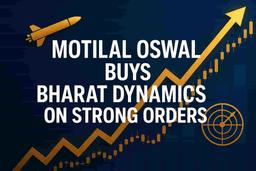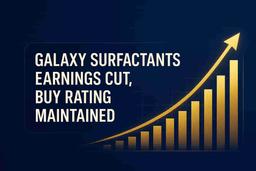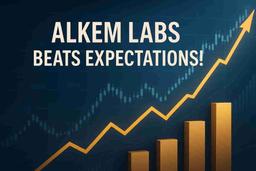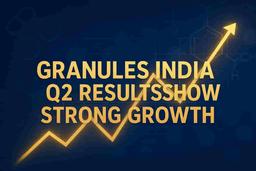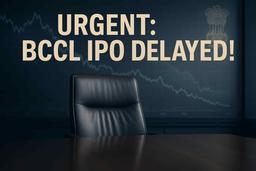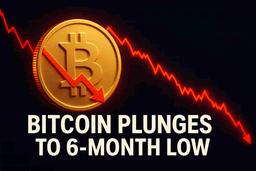India's Fast-Moving Consumer Goods (FMCG) sector grew by 12.9% in value during the September quarter, with rural markets consistently outperforming urban ones for the seventh consecutive quarter. While GST transition caused a slight slowdown compared to the previous quarter, consumer demand remains resilient, driven by staples and a preference for smaller pack sizes. E-commerce and modern trade channels are key growth engines, and an optimistic outlook prevails as inflation eases, though the full GST impact is anticipated in coming quarters. Small manufacturers are also gaining significant traction.
The Indian Fast-Moving Consumer Goods (FMCG) sector recorded a 12.9% value growth year-on-year in the September quarter (Q3 CY2025), according to NielsenIQ estimates. This growth rate was marginally lower than the 13.9% recorded in the June quarter, primarily due to the impact of the Goods and Services Tax (GST) transition. The industry saw a 5.4% rise in volume and a 7.1% increase in prices during the quarter. Notably, unit growth outpaced volume growth, indicating a continued consumer preference for smaller pack sizes.
Rural markets continued their strong performance, outpacing urban consumption for the seventh consecutive quarter with a volume growth of 7.7% in Q3 CY2025, compared to 3.7% in urban markets. However, both rural and urban markets experienced a slowdown in growth compared to the June quarter. Sharang Pant, Head of Customer Success – FMCG at NielsenIQ India, highlighted the sector's resilience and the crucial role of rural demand. He expressed an optimistic outlook for consumption as inflation eases, but noted that the full impact of GST changes would likely be visible in the next two quarters.
The food consumption segment remained relatively stable, showing 5.4% year-on-year growth driven by staples, though impulse and habit-forming categories saw volume declines. The Home and Personal Care (HPC) segment experienced a slowdown in volumes, growing by 5.5% compared to 7.3% in the previous quarter, with GST transition being a temporary dampener.
E-commerce continues to be a significant growth engine, especially in major metropolitan areas, contributing 15% of the value share in top eight metros. Modern trade also showed a revival, increasing its share to 17.1% in the top 8 metros from 15.9% in the previous quarter. Offline sales in metro regions are declining as consumers shift towards online channels.
Interestingly, smaller and new manufacturers are outpacing overall industry growth, driven by steady volume gains in both food and HPC categories. In contrast, large players observed a slowdown in consumption.
Impact
This news is significant for investors in the FMCG sector, providing insights into consumer spending patterns, the performance of rural versus urban markets, and the impact of regulatory changes like GST. Companies with strong rural distribution networks and effective e-commerce strategies are likely to benefit. The rise of smaller manufacturers indicates increasing competition, which could affect market share dynamics for established players. The sector's resilience suggests continued consumer demand despite inflationary pressures.
Rating: 7/10
Difficult Terms
FMCG: Fast-Moving Consumer Goods - Products that are sold quickly and at a relatively low cost, such as food, beverages, toiletries, and over-the-counter drugs.
NielsenIQ: A global information and measurement company that provides data and analytics on consumer behavior.
GST: Goods and Services Tax - A consumption tax imposed in India on the supply of goods and services.
Year-on-year (YoY): A comparison of current period data with the same period in the previous year.
Volume Growth: An increase in the quantity of goods sold.
Value Growth: An increase in the monetary worth of goods sold.
Unit Growth: An increase in the number of individual items or packs sold.
Rural Markets: Areas located in the countryside, outside of cities and towns.
Urban Markets: Areas located within cities and towns.
E-commerce: Commercial transactions conducted electronically on the internet.
Modern Trade: Organized retail formats like supermarkets, hypermarkets, and convenience stores.
Staples: Basic food items that are consumed regularly, such as grains, pulses, and flour.
Impulse Categories: Products that consumers purchase on a whim, often without prior planning.
Habit-Forming Categories: Products that consumers regularly use as part of a routine.
Home and Personal Care (HPC): Products used for cleaning the home or for personal hygiene and grooming.
